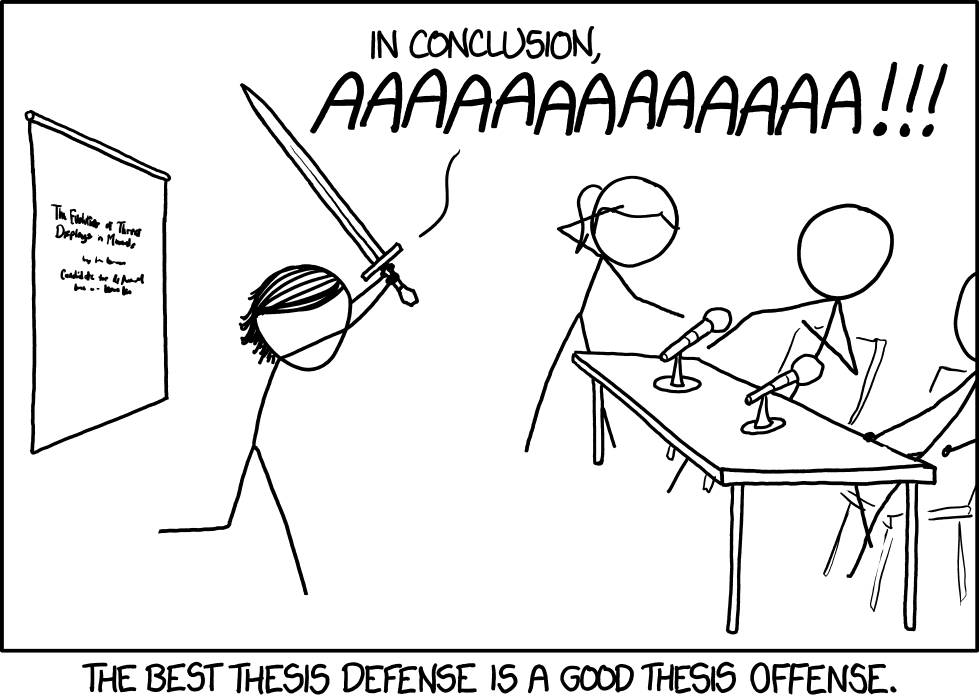This is a short ask. In addition to these meaningful distractions, I also write disturbing fiction. If you want to support that, you can do so on Patreon:
https://www.patreon.com/DavidErikNelson
Patrons get both the satisfaction of knowing that they, in some small way, are implicated in the things I do, and also fun bonuses (e.g., stories not available elsewhere, a short film, music, interactive fiction experiments, etc.)
I’m also trying to figure out of my Patreon x Mailchimp integration thingy is working properly (ideally it will automagically add new patrons to an existing email group so I can reliably send them stuff). So, if you become a patron at any level, you’ll get the additional satisfaction of knowing you’ve either confirmed that I’m at least as smart as an 8th grader, or sending me into fits of fury aimed squarely at every major platform that seems to think that UX “just happens.”





